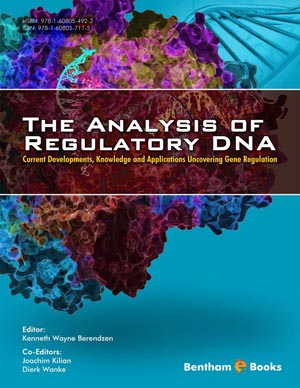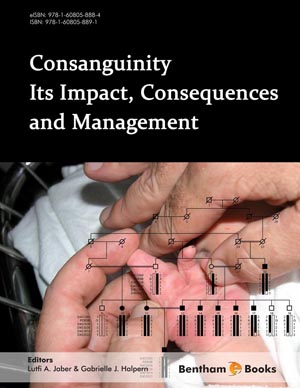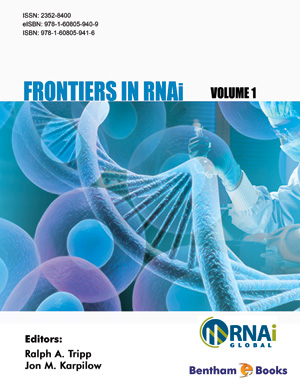Abstract
The analyses of molecular mechanisms that control eukaryote gene expression throughout growth and development is an important issue in understanding expression changes during environmental stress, pathogen response or cancer. Information flow within a cell is governed by DNA-binding proteins such as transcription factors and their binding to DNA-motifs, but database searches revealed that qualitative data for most DNA-protein interaction is lacking. In addition, routine methods for the serial analysis of DNA-protein interaction are still missing. Here, we review the pros and cons of a wide range of laboratory methods for the functional analyses of DNA-protein interaction, their prerequisites, benefits and pit-falls. Some of these are standard in vitro or in vivo methods, such as the electrophoretic mobility shift assay (EMSA), the systematic evolution of ligands by exponential enrichment (SELEX) or the chromatin Immunoprecipitation (ChIP) to name only a few of them. However, only the yeast-one-hybrid assay, the protein-on-DNA microarrays and the DNA-protein-Interaction-ELISA (DPI-ELISA) are applicable for high-throughput proteomics/interactomics analyses of DNA-binding proteins, which would significantly improve our understanding of signaling processes at subcellular level and, in addition, allow us to predict improved gene regulatory networks from systems biology data.
Keywords: Yeast-one-hybrid (Y1H) assay, electrophoretic mobility shift assay (EMSA), DNA-protein-Interaction-ELISA (DPI-ELISA), Chromatin Immuno-Precipitation (ChIP), Transcription factor–DNA interaction, cis-regulatory elements, Protein– DNA interactions, DNA-binding proteins, FAIRE, eukaryote transcription factor (TF), promoter motifs, promoter elements, DNAse I protection assay, Systematic evolution of ligands by exponential enrichment (SELEX), protein binding microarrays (PBM), DNA adenine methyltransferase identification (DamID), WRKY50, WRKY11, plant transcription factors, W-box, high-throughput assays.


















